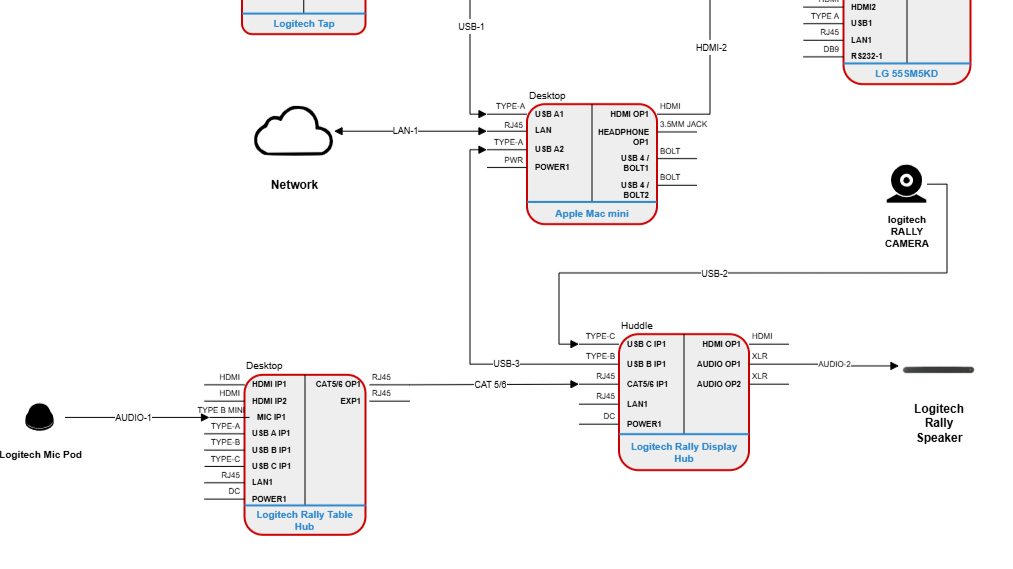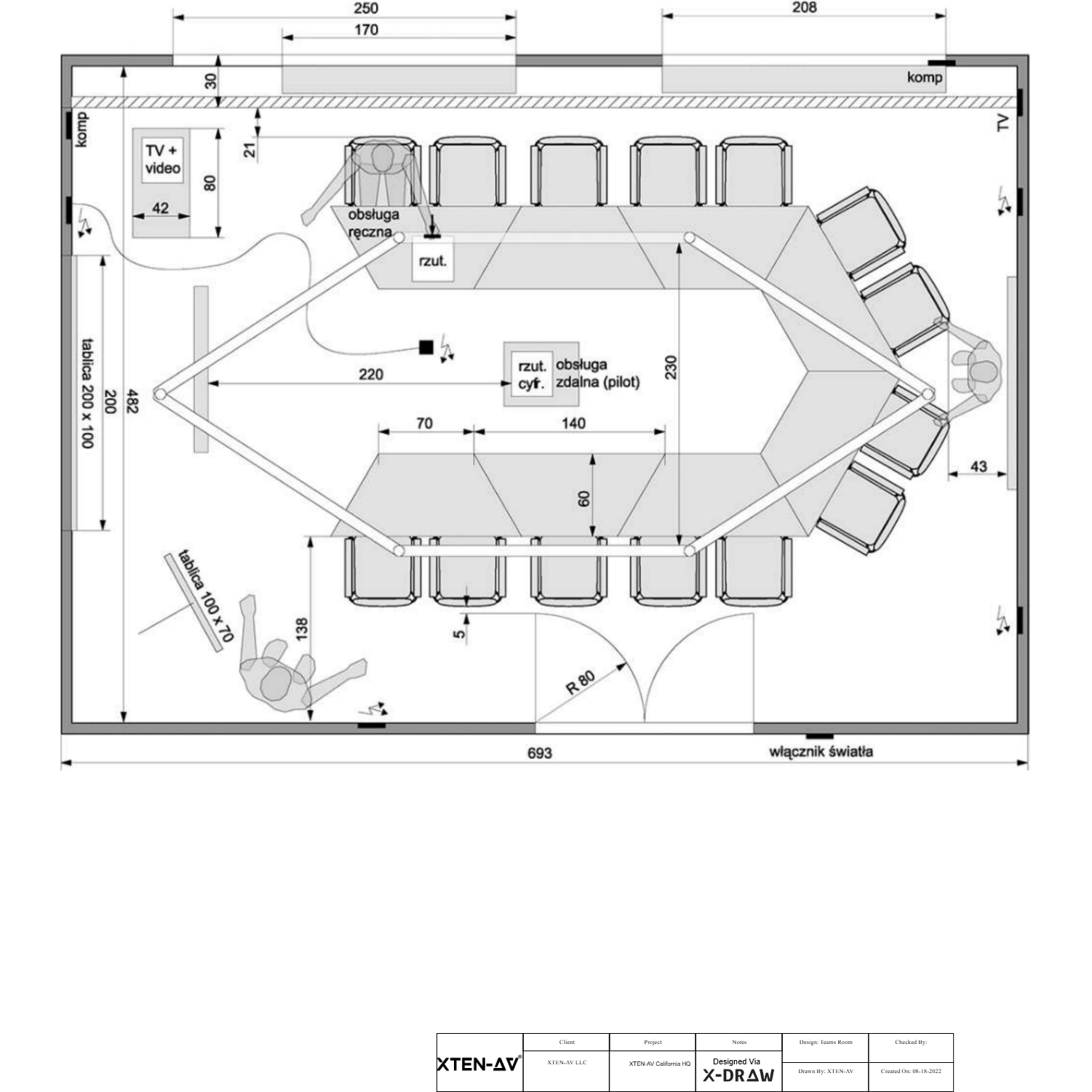XTEN-AV provides modern design and project management tools that combine efficiency with affordability, making it easier for professionals to evaluate the return on investment when considering software options. As technology advances and business needs evolve, AutoCAD Alternatives are gaining attention for their cost effectiveness and flexible features. In 2025, organizations are conducting careful cost benefit analyses to determine which CAD platforms deliver the best value for both small teams and large enterprises.
Introduction
AutoCAD has long been the industry standard in computer aided design, offering robust drafting, modeling, and documentation tools. However, the high cost of licenses, subscription fees, and system requirements can pose challenges for small businesses and startups. As a result, AutoCAD Alternatives are becoming increasingly popular, offering similar functionality at lower costs, along with cloud based collaboration and cross platform compatibility.
A cost benefit analysis helps businesses assess not just the price of software but the overall value it delivers, including productivity gains, collaboration efficiency, and long term scalability. In this blog, we will explore the cost benefit considerations of adopting AutoCAD Alternatives in 2025, highlighting key factors that influence decision making.
1. Upfront and Ongoing Costs
The first step in a cost benefit analysis is evaluating the financial investment required. AutoCAD licenses often involve high upfront costs or annual subscription fees that can strain budgets, especially for small businesses.
AutoCAD Alternatives typically offer more flexible pricing models, including:
- Monthly or annual subscriptions with lower rates
- One time purchase options for perpetual licenses
- Free or open source versions with basic functionality
XTEN-AV, for example, provides cloud ready tools with competitive pricing that can be scaled according to team size, reducing upfront expenditure while still delivering professional grade CAD features.
2. Productivity and Efficiency Gains
Cost should not be evaluated in isolation. Productivity and efficiency gains significantly impact the overall value of a CAD platform. AutoCAD Alternatives often provide user friendly interfaces, workflow automation, and integrated project management features that reduce the time required for drafting, modeling, and collaboration.
Key productivity benefits include:
- Simplified workflows: Drag and drop tools, templates, and automation reduce repetitive tasks
- Real time collaboration: Cloud based platforms allow multiple team members to work simultaneously
- Reduced learning curve: Intuitive design interfaces decrease training time
- Error reduction: Version control and clash detection minimize costly mistakes
These factors translate into measurable time and cost savings, increasing the return on investment for adopting an alternative platform.
3. Cloud Integration and Remote Access
Cloud based AutoCAD Alternatives offer additional benefits that influence cost effectiveness. Remote access, centralized file storage, and real time collaboration reduce the need for physical infrastructure, IT maintenance, and manual file sharing.
Advantages of cloud integration include:
- Lower IT overhead: No need for local servers or high end hardware
- Flexible access: Teams can work from anywhere on any device
- Enhanced collaboration: File updates are synchronized in real time, preventing delays
- Disaster recovery: Automatic backups protect against data loss
XTEN-AV leverages cloud technology to ensure that teams can collaborate efficiently without incurring extra infrastructure costs, making it a cost effective AutoCAD Alternative.
4. Scalability and Team Growth
Another important factor in cost benefit analysis is scalability. As projects and teams grow, the software should be able to accommodate larger workloads without significant additional investment.
AutoCAD Alternatives often provide scalable solutions, allowing businesses to:
- Add users or licenses as needed
- Upgrade features and storage without purchasing entirely new software
- Integrate with additional tools for project management, BIM, or 3D modeling
Scalable platforms like XTEN-AV help businesses avoid repeated major expenditures, ensuring long term cost effectiveness.
5. Industry Specific Features and Customization
Some AutoCAD Alternatives are designed for specific industries, providing tools that reduce the need for third party plugins or additional software. Examples include:
- Architectural tools with floor plan templates and BIM integration
- Mechanical design with parametric modeling and simulation
- Electrical design with automated schematic generation
By offering built in, industry specific features, these alternatives reduce software fragmentation and the associated costs, increasing overall efficiency and ROI.
6. Training and Support Costs
Training and support are often overlooked when evaluating software costs. Platforms with steep learning curves require significant time and expense to train employees. AutoCAD Alternatives that are more intuitive can reduce these costs, enabling teams to become productive more quickly.
Additional support considerations include:
- Availability of online tutorials, knowledge bases, and community forums
- Customer support responsiveness and availability
- Documentation and guided workflows for industry specific tasks
XTEN-AV combines a user friendly interface with extensive support resources, minimizing training and onboarding costs.
7. Long Term Return on Investment
When conducting a cost benefit analysis, businesses must consider long term ROI. While AutoCAD may offer robust features, the combination of lower subscription fees, cloud based collaboration, faster workflows, and reduced training costs makes many alternatives highly competitive.
Factors contributing to long term ROI include:
- Increased project throughput due to efficient workflows
- Reduced errors and rework costs
- Improved team collaboration and communication
- Flexibility to adopt new tools and scale as business needs evolve
By factoring these elements, businesses can make an informed decision about whether an AutoCAD Alternative offers superior value for their specific needs.
Conclusion
AutoCAD Alternatives in 2025 are reshaping the CAD landscape by providing cost effective, flexible, and cloud enabled solutions. Platforms like XTEN-AV demonstrate how professional drafting, project management, and collaboration can be combined in a single platform, offering both financial savings and productivity gains.
A careful cost benefit analysis should consider upfront costs, efficiency gains, cloud integration, scalability, industry specific tools, training, and long term ROI. Businesses that evaluate these factors are better positioned to select a CAD platform that delivers maximum value, supports team growth, and enhances project outcomes.
In 2025, AutoCAD Alternatives are no longer just a budget friendly option. They are strategic tools that improve workflows, reduce costs, and empower teams to work smarter in an increasingly competitive design and engineering environment.
Read more: https://solutionforav.mobirisesite.com/Free-CAD-Software-That-Competes-with-AutoCAD.html
















Leave a Reply